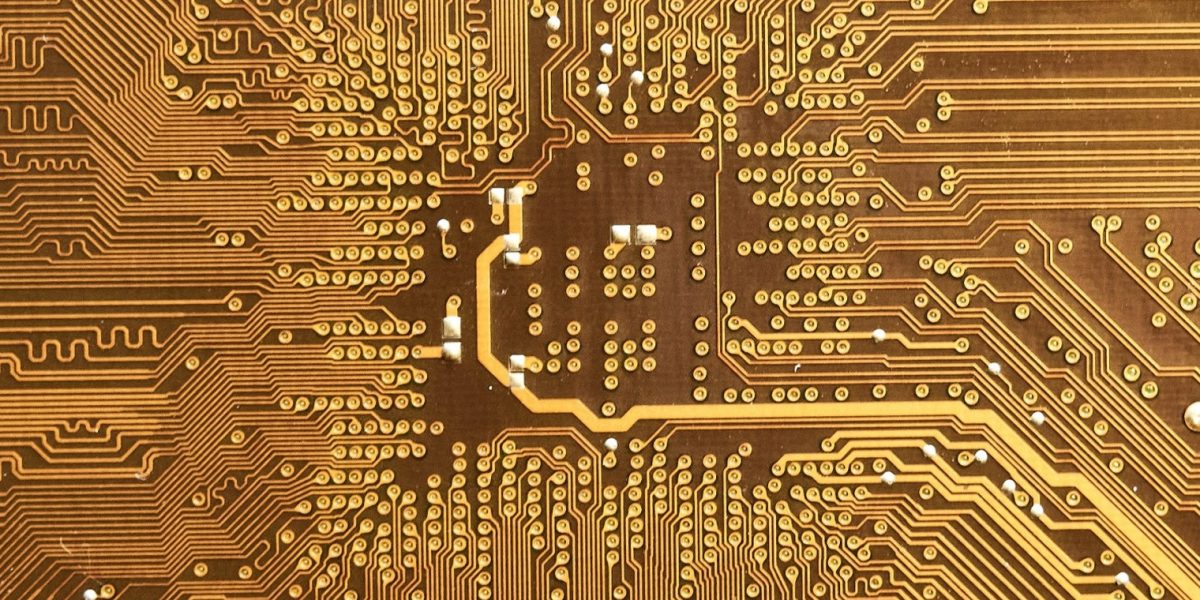Patenting the 1s, the 0s AND the 01s
Patents and Quantum Computers
Quantum computing and its applications hold an enormous potential for solving some of the most complex problems humanity is facing – now and in the future. Examples of potential fields include identification and development of new drug candidates, development of and insight in complex climate models, a master system for self-driving vehicles, the development of new cryptography, financial modelling, etc.
The news on Quantum Computers
The awareness of quantum computing is growing at unprecedented rates. From the World Economic Forum to private companies and individual states, all actors in the field are planning to take part in the upcoming quantum revolution.
It has become an increasing concern to fall behind on the development of a tool that can potentially compromise the basis of the current cryptography systems. As with any other technological revolution, the reward associated with a Quantum Computer is immense and quantum computing is attracting a lot of capital and investment. The fact that governments are joining the field with immense strength, demonstrates the big potential around this technology.
How do Quantum Computers work?
The present standard computers are based on “bits”, which can hold a value of either zero (0) or one (1). But a quantum computer is ruled by the laws of quantum mechanics: a quantum computer based on quantum bits (qubits) can hold a value of either zero (0), one (1) or a combination of zero AND one (1-0) at the same time. In a standard computer, four bits provide 16 possibilities that are tested sequentially, one at a time. A quantum computer can test the 16 possibilities all at once. Consequently, a quantum computer will become exponentially faster by adding more qubits.
A quantum computer containing 64 qubits can generate 18,446,744,073,709,600,000 states simultaneously. While a standard computer with 64 regular bits can also generate 264 states, it needs to cycle through all these individually, so even at the speed of two billion per second (which is a typical speed for a standard computer) it would take around 400 years.
NQCP – The Novo Nordisk Foundation Quantum Computing Programme
As with any other technological revolution, the reward associated with a Quantum Computer is immense and quantum computing is attracting a lot of capital and investment.
How far are we away from a first fully functional and generally applicable quantum computer? Short answer: Nobody knows.
However, with the recent DKK 1.500 million grant from the Novo Nordisk Foundation to the Niels Bohr Institute at the University of Copenhagen the goal has been set to year 2034. NQCP will initially work in parallel on the three most promising hardware platforms for quantum computing and will later select the most suitable platform.
The three hardware platforms selected in NQCP are as follows:
The superconducting platform, where the quantum properties of cooper pairs are used as the basis to perform computation.
The spin platform, where the spin of a particle is used as a quantum state.
- The optical platform, where the quantum properties of photons are used to define quantum states.
Each of the mentioned quantum computing platforms are active research fields and have pros and cons when it comes to the scalability into a universal quantum computer.
Intellectual property rights within the field of quantum computing
Impressive research & development are conducted in parallel on the different hardware platforms. Novel material combinations are tested, new manufacturing processes are being developed and optimized, and new applications within the quantum regime are envisaged. All in all, the innovation is immense within quantum computing and new patentable inventions are conceived every day – but great ideas that are conceived and patented today might not be commercially relevant within the lifetime of a patent. Consequently, we are at a moment where patenting of new quantum computing inventions is most critical, since patents are a way to capture the knowledge component of innovation and permit value extraction.
Identification of patentable inventions will therefore not be a limiting factor within the field of quantum computing. The problem is more likely to select which inventions to protect and which inventions to maintain as trade secrets – and which ideas that are outside the long-term business perspective. That is why an IP strategy is an important tool for companies within the quantum field.
The IP strategy must support a company’s overall business plan, secure earnings by targeted protection of commercially relevant markets while preventing exclusion from interesting or emerging markets due to others’ patents.
Consequently, it is important to patent your quantum computer inventions today to secure your tomorrow. HØIBERG has been working with patenting of quantum computers for many years and has some of the most prominent experts within the field, who can assist you in preparing an IP strategy and securing your quantum computer inventions.
Need to know more?
If you wish to know more about patenting of quantum computing tecnology, please reach out to our expert Peter Borg Gaarde.
